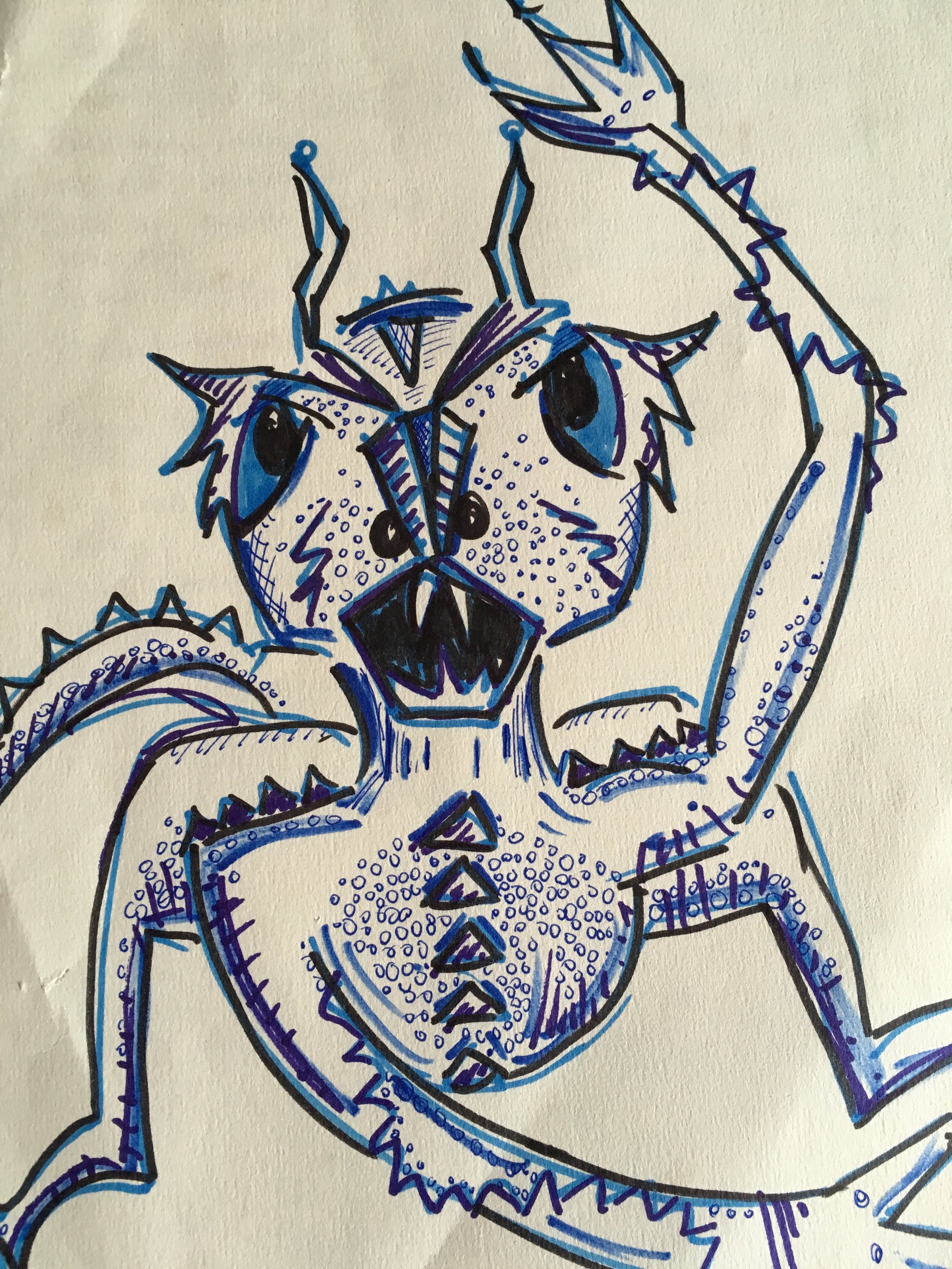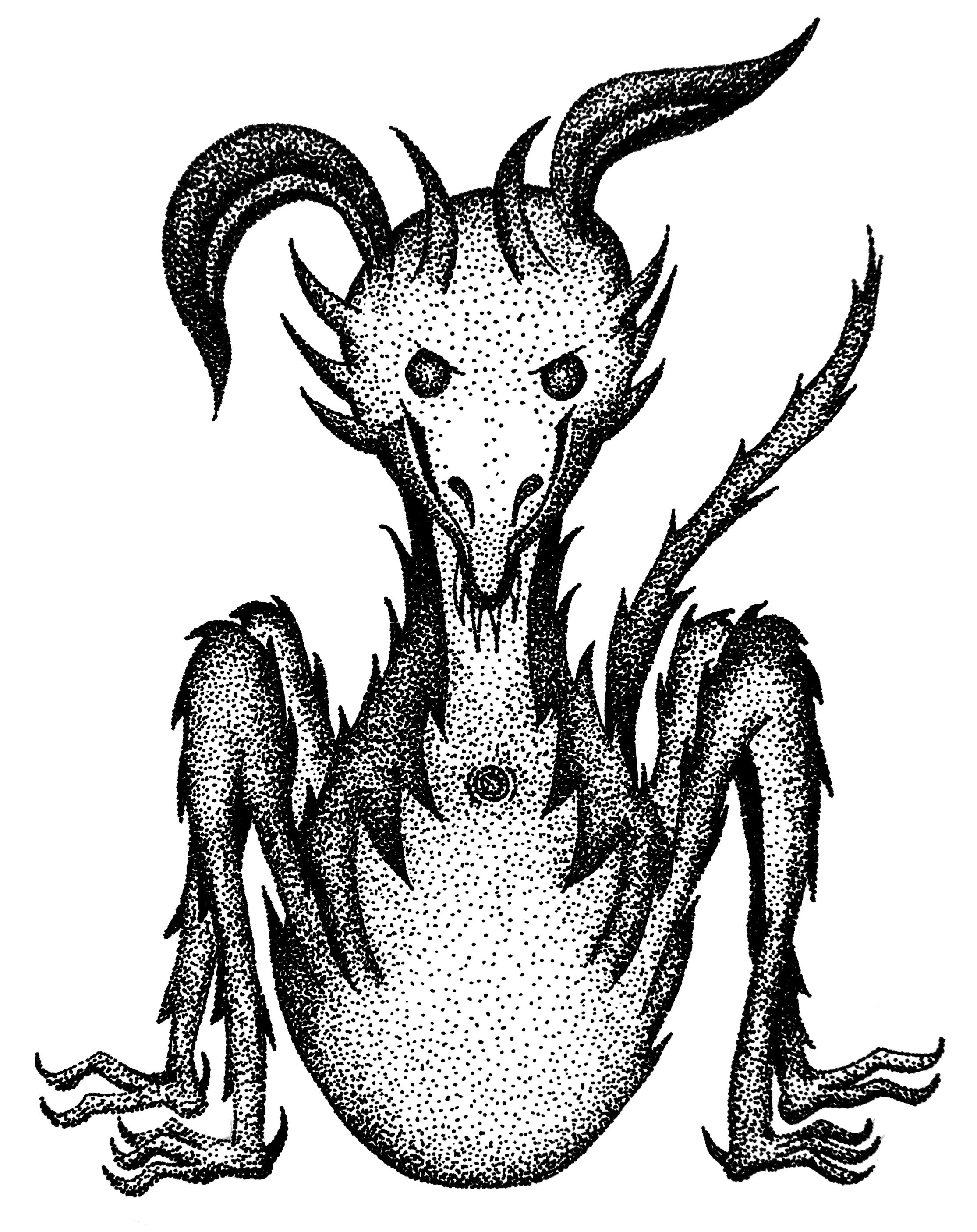Today, enjoy this guest post on writing from my good friend and colleague, Zoe Cannon.
A few years ago, I read this series of posts about the stages every writer goes through. The posts had some interesting insights, especially about what really matters on a page-to-page and paragraph-to-paragraph level in any given story (hint: it’s not the words), but for the most part, these stages didn’t match either my own experience or what I’ve seen other writers go through. I didn’t give it much further thought, until recently, when I found my own relationship to my writing changing. I started thinking again about writing stages and whether there really was any kind of path that all writers follow. Of course there are no true universals—no two writers experience writing quite the same way—but when I looked at my own personal experience, what I’ve seen in various critique groups, and the lessons and life stories of writers far beyond me in skill and experience, I was able to see some definite commonalities.
Stage 1: It’s About the INSPIRATION.
“Life is not so much about beginnings and endings as it is about going on and on and on. It is about muddling through the middle.”
Anna Quindlen
You love to write. And when you don’t love it, you don’t write. Writing is about that glorious feeling of flow, where you see the story unfolding in front of you in your mind’s eye and the words pour from your fingers almost effortlessly. When that feeling stops—you hit a difficult part of the story, or you’re not sure where to go from here, or you’ve made it through your whole first draft but when you reread it you discover that it doesn’t get your story across nearly as well as you had hoped, or maybe your creative well has just run dry for the moment—you walk away from the story. Maybe you go through creative bursts followed by periods of not writing at all, or maybe you flit from new idea to new idea, chasing whatever calls to you at the moment.
Most people stay in this stage. You’ll hear a lot of people maligning this type of writing, but I don’t think there’s anything wrong with staying here if you don’t have any goals for your writing beyond having fun. All the other stages involve pushing yourself to write even when the inspiration isn’t there, and if all you’re after is a way to keep yourself entertained and let off some creative steam, then why force yourself to keep going when it’s not fun? It’s a lot harder to finish a story if you don’t move beyond this stage, but a finished story doesn’t necessarily have to be the goal. If you just want to play, then let yourself play, and don’t worry about the rest.
Nevertheless, most people generally won’t consider someone a “real” writer—whatever that even means—until…
Stage 2: It’s About the STORY.
You have stories that you need to tell, and you’re willing to slog through the not-fun parts of writing in order to make that happen. Maybe you have that one great idea that you’ve been trying to get down on paper for years. Or maybe you’re bursting with more stories than you could write in a lifetime, and have no idea which one to work on first. Either way, getting the story onto paper is worth pushing yourself through the times when you don’t feel inspired, because now the story matters more than the feeling of inspiration.
This is when many writers start establishing goals and routines—something external to push them forward when the inner motivation isn’t there. Maybe you decide you’ll write every day. Maybe you get up half an hour early and write before you do anything else for the day, or write on your lunch break, or after your kids have gone to bed. Maybe you set a daily quota of words to write, or tell yourself you can’t watch your favorite show until you get an hour of writing done. Maybe you participate in NaNoWriMo (this is what pushed me out of Stage 1).
Most writers, unless they prefer to focus on short stories or have a deeper-than-average well of inspiration to carry them through Stage 1, finish a major project for the first time here. Some writers stop there; they had one story to tell, and they’ve told it. Others keep going. Some writers learn to revise here; for others, that doesn’t come until Stage 3 (ahem, looking at that writer in the mirror with the 5+ untouched first drafts from her stint in Stage 2). Either way, finishing a project is an amazing feeling, not only because you’ve accomplished a major goal, but because of what your stories mean to you. They’re your babies; they’re pieces of you set down on paper. Which is why it can be so nerve-wracking to send them out into the world. And that brings us to…
Stage 3: It’s About the REACTIONS.
You’ve started sharing your stories with the world. Or maybe you were already sharing what you wrote back in Stage 1, but the stakes are higher now. Because you don’t just want to write anymore—you want to succeed at writing, whatever that means to you. Maybe you just want to learn how to polish a draft until it tells the story you want to tell, but this stage is when most writers start thinking about publication.
You join a critique group, and studiously revise your story based on their notes. You try to eliminate adverbs, and give every character a flaw, and follow all the other rules you learn about as the wider world of writing opens up to you. You write and rewrite with the goal of getting positive feedback—a “this is much better than the first draft” from your critique group, “good” rejection letters (the ones that come with a personal note instead of just a form letter), a publishing contract.
If you do publish a story or several, whether traditionally or by putting your books up for sale yourself, this stage doesn’t end there. Now success—or failure—is measured in average star rating on Amazon, number of newsletter subscribers, followers on social media, the size of your royalty checks. I think this is the most stressful of the stages, because it’s so dependent on things you have only limited control over. You live for that five-star Amazon review or the notification that you have a new subscriber. If the numbers aren’t as high as you expected, you wonder what you’re doing wrong. If you get a one-star review, you consider revising based on the reviewer’s feedback, or completely changing your plans for your next project, or maybe giving up on writing entirely.
A lot of writers give up here, disillusioned. You thought your story was good when you put it up for sale, but despite all your marketing efforts, it’s only selling one copy a month at best. Or you’ve collected dozens of rejection letters without a single personal note to show for it, let alone a publishing contract. Or you haven’t even gotten that far, because no matter how many times you tweak the story, your beta readers keep finding problems. Even if you find success here, however you define it, you might start feeling burned out by the efforts to make sure your growing fanbase likes your new book as much as the next one, or to keep your sales up so your publisher will buy your next book. But of the writers who persist through this stage, many move on to…
Stage 4: It’s About the PROCESS.
This is where many writers refine their personal process. Or if you already developed a system that works for you back in Stage 2, you lean into it instead of trying to change things up based on advice from your critique group, or the writing guru of the moment, or Joe Schmoe on Facebook who sells more books than you. Maybe you start writing as soon as you get your idea, while it’s fresh, and then write three or four drafts, each one focusing on a different element of the story. Maybe you write page by page, polishing each page until it’s perfect and then never looking at it again. Maybe you use the Save the Cat structure, and like to plan out five scenes at a time but no more than that, and don’t need any high-level revision but have to go over your draft three separate times to catch all the typos and grammatical errors. My own process is a two-part outline (scene-by-scene and beat-by-beat), a first draft, a revision for story and narrative issues, and a line edit. There are as many ways to write as there are writers—more, really, because no writer writes every book exactly the same way. But there’s always one common thread, and that’s what this stage is about.
“Growth is painful. Change is painful. But, nothing is as painful as staying stuck where you do not belong.“
N. R. Narayana Murthy
In this stage, you write a story, and you send it out—mail off your query letters, email your completed manuscript to your agent, upload the files to the ebook retailers, post it on Wattpad, whatever—and then you move on to the next. That’s what this stage is about—the act of writing itself, sitting down at your keyboard every day (or however often you write—in this stage you often no longer need to follow a one-size-fits-all rule like “write every day” in order to write consistently), and starting and finishing and starting again. That story from Stage 2, the one you’ve spent years trying to perfect? You still love it, but it’s out of your hands now, and you’re on to the next thing. That book that sold hundreds or maybe thousands of copies out of nowhere, and you still don’t know why? You pour yourself a glass of champagne and keep working on the next story. That book that got dozens of one-star reviews on Goodreads? You still cringe when you think about it, but you also know it doesn’t really matter, because you’re writing a new story now.
Because in this stage, writing is about the work, not the works. The act of writing, not the finished product. When you sit down and do the work, the finished product takes care of itself.
At this point, you may find yourself outgrowing your critique group—not because you no longer need outside eyes on your stories, but because you’re less concerned with revising to other people’s preferences. You solicit more targeted feedback now, often from carefully-chosen beta readers and paid editors. You might start experimenting with new genres, no longer as concerned with meeting expectations, or you might stop feeling the need to experiment and instead settle into writing the things you know you love.
This is where writers often move beyond the basic skills they learned in Stage 2, and the more advanced, but still universal, skills of Stage 3, to specialize in the things they’re best at or that are the most interesting to them. Some writers focus on building characters that readers connect with, others on prose quality, others on plot structure, others on genre tropes and writing to market.
Sometimes you’ll sit down and the words will just flow out of you, and the story will carry you along the way it did when you were writing purely for the fun of it. You’ll still love all the stories that you write, and every one of them has a piece of you in it (if that’s not the case—if you’re choosing your projects based purely on external factors—you’re in Stage 3). And you’re still putting your stories out there and receiving external feedback (if you’re unwilling to let your stories go, you’re in Stage 2), although you might have stopped reading your reviews and might be checking your sales on a schedule instead of whenever you have a free minute. But the thing that distinguishes this stage from all the others is that you see all of those things as transient. Today’s inspiration will be tomorrow’s slog. Today’s fascinating new idea will be tomorrow’s boringly familiar project. And today you may wake up to hate mail, but tomorrow you’ll more than likely wake up to a five-star review on the same book. The work is the only constant—but the work is all you need.
---
Zoe Cannon is the author of the Internal Defense series (a YA dystopian series with a dose of realism) and the Catalyst series (genre-breaking post-apocalyptic paranormal-ish YA). She is currently working on an urban fantasy series about a black-ops agent for Hades in the secret war between the gods. Click here to learn more about her.











